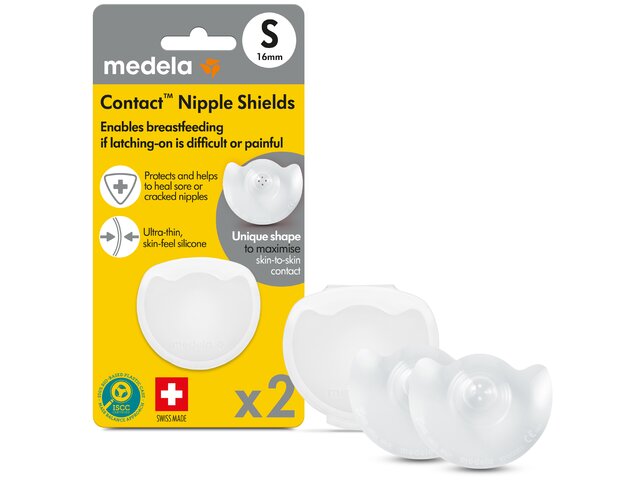You are currently viewing:
Medela - English
You can select an alternative Medela website in one of these countries:
Please choose
Please choose
Global
Australia
Austria
Belgium
Brazil
Canada
China
Denmark
France
Germany
India
Italy
Japan
Luxembourg
Netherlands
New Zealand
Norway
Poland
Portugal
Spain
Switzerland
Sweden
UK
United States of America
You can select an alternative Medela website in one of these countries:
You can select an alternative Medela website in one of these countries:
Products
Shop now
Rent now
Pumps
Extra Pump Parts
Maternity & pumping bras
Bottles & bags
Cleaning
Breast care
Special feeding needs
NICU
Bottles & bags
Hospital-only products
Breast milk storage bottles
Easy Pour Breast Milk Storage Bags
Cooler Bag breast milk storage
Spare Teats
Calma™ Feeding System
Breast Milk Storage Bottle Spare Parts
Cleaning
Quick Clean™ Microwave bags
Quick Clean™ breast pump & accessory wipes
Quick Clean™ Breast Pump Accessory Sanitizer Spray
Breast care
Breast massage oil
Organic Nipple Cream
Purelan™ lanolin cream
Hydrogel pads
Milk Collection Shells
Contact™ Nipple Shields
Ultra-breathable nursing pads
SoftShells™ breast shells
TheraShells™ Breast Shells
Hands-free Electric
Freestyle™ Hands-free Breast Pump
Pump In Style® Hands-free double electric breast pump
Swing Maxi™ Hands-free Electric Breast Pump
Symphony - No 1 Hospital Pump
Symphony PLUS® breast pump
PersonalFit™ PLUS breast shield
Symphony® breast milk initiation kit
Symphony Single Pumping Kit
Pediatric Breast Pump Kit with Harmony
Symphony / Harmony® Breast Milk Initiation Kit
Symphony® Breast Pump Kit with Colostrum Protector
Breast Pump Kit with Harmony & 80mL Container
Tubing
Replacement tubing for Freestyle Flex™ and Swing Maxi™ breast pump
SNS™ Tubing & Valve Set
Tubing for Medela Hands-free collection cups
Power units
Swing Maxi™ power adaptor
Pump In Style® Battery Pack
Pump In Style® with MaxFlow™ power adaptor
Hospital-only products
Reusable bottles
80 mL Breast Milk Containers
35 mL Collection Container
250 mL Breast Milk Container
Colostrum Protector
Enteral Feeding
Enteral Feeding Pump
Extension Sets with ENFit® Connectors
Low Dose Dual Cap
Syringes with ENFit® Connectors
TwistLok® Enteral Extension Sets
Enteral Straw
TwistLok® Enteral Syringes
TwistLok® G-Tube Extension Sets
TwistLok® GraviFeed® Syringe Lids
TwistLok® Polyurethane Enteral Feeding Tubes
TwistLok® PVC Enteral Feeding Tubes
TwistLok® Silicone Enteral Feeding Tubes
Oral Syringe
ENFit® Silicone Enteral Feeding Tubes
ENFit® PVC Enteral Feeding Tubes
ENFit® Polyurethane Enteral Feeding Tubes
Male to Male Transitional Connector
Dose Cap ENFit®
Med Cap ENFit®
Syringe Cap Replacement
-
Products
- Products
- Shop now
- Rent now
-
Pumps
- Pumps
- Hands-free Electric
- Classic Electric
- Manual
-
Symphony - No 1 Hospital Pump
- Symphony - No 1 Hospital Pump
- Symphony PLUS® breast pump
- PersonalFit™ PLUS breast shield
- Symphony® breast milk initiation kit
- Symphony Single Pumping Kit
- Pediatric Breast Pump Kit with Harmony
- Symphony / Harmony® Breast Milk Initiation Kit
- Symphony® Breast Pump Kit with Colostrum Protector
- Breast Pump Kit with Harmony & 80mL Container
- Extra Pump Parts
- Maternity & pumping bras
- Bottles & bags
- Cleaning
- Breast care
- Special feeding needs
-
NICU
- NICU
-
Enteral Feeding
- Enteral Feeding
- Enteral Feeding Pump
- Extension Sets with ENFit® Connectors
- Low Dose Dual Cap
- Syringes with ENFit® Connectors
- TwistLok® Enteral Extension Sets
- Enteral Straw
- TwistLok® Enteral Syringes
- TwistLok® G-Tube Extension Sets
- TwistLok® GraviFeed® Syringe Lids
- TwistLok® Polyurethane Enteral Feeding Tubes
- TwistLok® PVC Enteral Feeding Tubes
- TwistLok® Silicone Enteral Feeding Tubes
- Oral Syringe
- ENFit® Silicone Enteral Feeding Tubes
- ENFit® PVC Enteral Feeding Tubes
- ENFit® Polyurethane Enteral Feeding Tubes
- Male to Male Transitional Connector
- Dose Cap ENFit®
- Med Cap ENFit®
- Syringe Cap Replacement
- Waterless Milk Warmer™
- 250 mL breast milk bulk preparation system
- Breast Milk Transfer Lid
- Disposable Inserts for Waterless Milk Warmer™
- Articles
- Medela Family
- Services
- Hospital & Healthcare Professionals
- Customer voices










